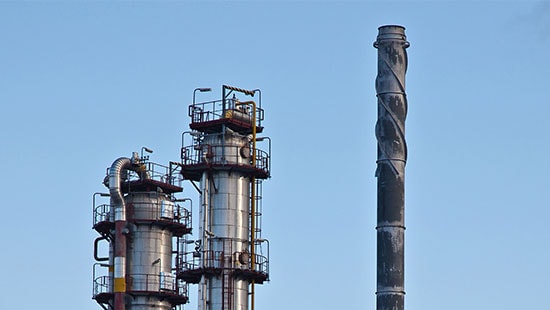
Exchanger/Furnace Fouling
Fouling in hydroprocessing heat exchangers and furnaces can differ depending on which streams are processed, the quality of the stream (straight run or cracked feed stock – or a combination of both), unit design and operation, and location. When processing lighter streams such as naphtha and diesel, the foulant materials that occur at the feed heat exchangers and furnace may be a combination of polymeric and inorganic deposition. In the case of processing heavier gas oil cuts and resid streams, the foulant material may be some combination of polynuclear aromatic compounds, asphaltenes and inorganic material, depending on the stream.
Nalco Water research teams have developed technologies and approaches to investigate the causes of the fouling, monitor the degree of the fouling and identify the chemistries needed to minimize the chemical reactions that are causing fouling to occur. The Nalco Water Longrun™ program combines our technologies and strategies to optimize your approach and quantify your successful treatment.

Solving hydrotreating fouling problems
2019 Q1 PTQ magazine
Nalco Water has developed new innovative antifoulant chemistries designed to help refineries effectively mitigate the higher fouling impact on hydrotreating units due to current and pending regulation changes. Read the full article in PTQ Magazine covering two recent case studies that detail the positive impact of the new Nalco Water antifoulant innovations showing significant improvements in extending runlength, reduced pressure drop, and increased throughput.
We couldn't find any results for "".


